Last Updated on October 18, 2023
A clean and sparkling toilet seat is essential to maintaining a healthy and hygienic bathroom environment. But over time, and due to improper cleaning, toilet seats are prone to collecting Harpic stains. These stains are hard to remove and stubborn if left untreated.
Here we will discuss the steps to remove Harpic stains from your toilet seat safely and effectively. You can do this by assembling the necessary supplies, applying the stain cleaner, scrubbing away with a bristle brush, then rinsing with warm water.
And the best part, we’ll introduce you to various cleaning solutions like rubbing alcohol, bleach and non-bleach spray solution, chlorine and baking soda solution, and phosphoric acid masonry cleaner.
We will also provide tips on preventing the stain from returning and safety precautions that should apply when cleaning with harsh chemicals. So, grab your gloves, and let’s start getting your toilet seat sparkling clean.
How to Clean Harpic Stains From Toilet Seat to Get Your Toilet Seat Sparkling
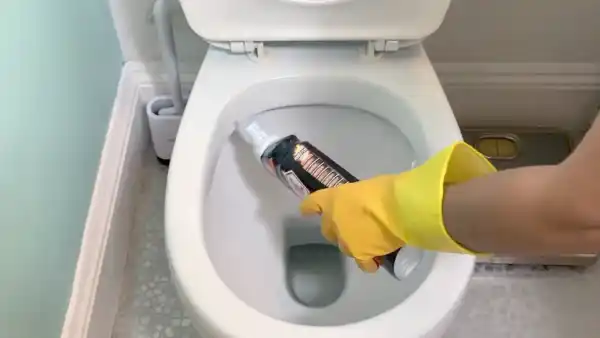
Harpic stains can be a common problem when it comes to toilet seats. You can quickly clean your toilet seat with the right cleaning supplies. Here are some easy steps to follow:
STEP 1: Gather the Necessary Supplies
To clean Harpic stains from your toilet seat, you need bare cleaning essentials such as a cleaning agent, scouring pads, towels, gloves, and a scrubbing brush. The type of cleaner used should depend on the type of surface being cleaned and any chemical sensitivities. Read all instructions carefully before using any cleaning solutions or products.
STEP 2: Directly Apply the Cleaner
Once all necessary supplies have been gathered, directly apply the cleaning solution to the stain. Allow it to sit for a few minutes to break down the stain molecules before proceeding with further scrubbing. Wear gloves to avoid skin irritations or burns when applying any cleaner or solution.
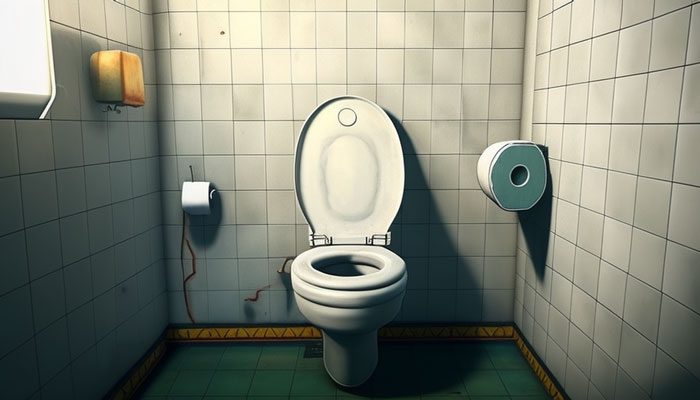
STEP 3: Scrub Away With a Brush
After allowing the cleaning solution to sit for several minutes, take a scrubbing brush and start scrubbing away at the stain with circular motions until it removes entirely from the surface. Be gentle yet firm in this step, so you don’t damage or scratch your toilet seat.
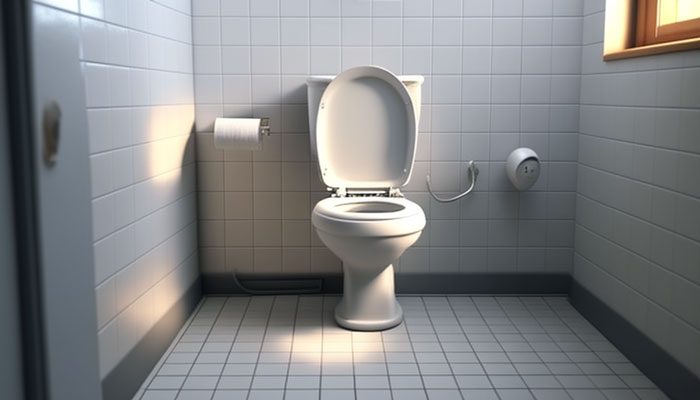
STEP 4: Rinse with Warm Water
Once the stain has been removed, use a damp towel or cloth to rinse any remaining cleaner. Use a damp cloth or sponge to remove further stubborn Harpic stains. Ensure that you move the cloth in circular motions, as this helps to lather up any excess cleaning product on the surface area.
As an additional precaution, use an old toothbrush or small brush to scrub away more stubborn stains that may remain on the surface after rinsing. Repeat this process until all remaining traces of Harpic are removed from the toilet seat surface.
STEP 5: Wipe Dry With a Cloth or Towel
After rinsing your toilet seat with warm water, wipe it down with a dry cloth. This helps to absorb any excess moisture and ensure that no further damage is caused by mold or mildew growth due to trapped moisture in the surrounding environment.
Begin wiping down your toilet seat from one end of its surface towards its other end until all moisture has soaked into the cloth or towel in use for drying purposes.
STEP 6: Inspect the Area
The last step is inspecting the area for signs of any remaining residue or dirt left behind after wiping it dry with a cloth/towel. To do so, ensure that adequate light is available for you to adequately inspect every nook and cranny present on your toilet seat’s surface area.
Make sure you don’t leave even slightly tidier traces of dirt on the surface of the target area before concluding this entire process of cleaning your toilet seat sparkles like never before by using a flashlight or magnifying glass if necessary.
What are Some Effective Ways to Clean Harpic Stains From Toilet Seats?

Cleaning a toilet seat is essential for hygiene and aesthetic purposes. Harpic stains can be stubborn and hard to remove, but with the following cleaning solutions and techniques, you can get them out.
A: Rubbing Alcohol
Rubbing Alcohol is an effective way to clean Harpic stains from toilet seats. To use it, simply pour some rubbing alcohol on a cloth and then wipe the stain gently. For tougher stains, mix equal parts of rubbing alcohol and water before wiping the area with it.
For best results, ensure the cloth is damp but not wet, as excess moisture can seep into the seams of the toilet seat and cause rusting over time. If necessary, you can also use a scrub brush to help remove stubborn Harpic stains.
It is important to remember to rinse off any remaining rubbing alcohol with clean water after you are done cleaning. Additionally, apply a coat of car wax or furniture polish to protect the toilet seat from future staining.
B: Oxygen Bleach
Oxygen bleach is an effective cleaner for Harpic stains on toilet seats. Mix equal parts oxygen bleach powder with water in a bucket or container and stir until combined into a thick paste-like consistency.
Apply this paste on the stain and leave it for 15-20 minutes before wiping off any remaining residue with paper towels or damp cloths. You’ll have to scrub gently in tough cases before rinsing them off with warm water.
C: Chlorine Bleach
Chlorine bleach is widely used as a disinfectant, but it can also help remove stubborn Harpic stains from toilet seats when used correctly. Dilute three teaspoons of chlorine bleach in one cup of warm water in an appropriate container like a bucket or bowl and mix thoroughly until combined well.
Pour it onto the stain, leaving it for 10-15 minutes without touching it, before scrubbing gently if needed. Thoroughly rinse off the area with warm water when done to ensure there won’t be any residual chlorine left behind that could cause damage later on down the line.
D: Non-Bleach Spray Solution
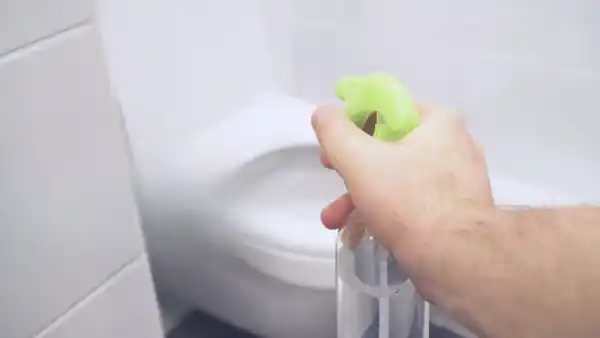
Non-bleach spray solutions are perfect for removing Harpic stains from toilet seats as they are usually safe to use without worrying about causing any discoloration or staining on surfaces like fabrics that regular bleaches can do if not used properly.
Simply spray some non-bleach solution onto the stain and let it sit for about 5 minutes before wiping off any leftover dirt or grime with a soft cloth or sponge dipped in soapy water if needed in difficult cases, then completely rinse off with warm water afterward for best results.
E. Chlorine and Baking Soda Solution
Chlorine and baking soda effectively and inexpensively eliminate Harpic stains without scratching the surface. To use this method, mix one tablespoon of chlorine bleach with four tablespoons of baking soda in one quart of warm water.
Stir the solution until it dissolves completely. Use a clean cloth or sponge to apply the cleaning solution onto the affected area, and allow it to sit for about 10 minutes before scrubbing. Once the stain leaves, rinse the area with clean water, blot off any excess moisture, and air dry.
When using chlorine bleach, it is essential to remember that it should never be mixed with ammonia or other household cleaners, as this can create toxic fumes. It is also important to ensure that you wear gloves when handling bleach, as it can cause skin irritation if not used properly.
F. White Vinegar
White vinegar is another effective way to safely remove Harpic stains from toilet seats. To use white vinegar to clean a Harpic stain on a toilet seat, first dilute 1/4 cup of white vinegar with a quart of warm water.
Dip a sponge into the mixture and then scrub the stained area until all traces of dirt have been removed. Rinse off the area with clean water afterward and then dry completely before using it again.
White vinegar can also be used with other cleaning products, such as baking soda or detergent, for tougher stains. Also, its natural acidity helps to break down dirt particles, making it more efficient at cleaning than regular household cleaners, which may contain harsh chemicals that can damage surfaces over time.
G. Phosphoric Acid Masonry Cleaner
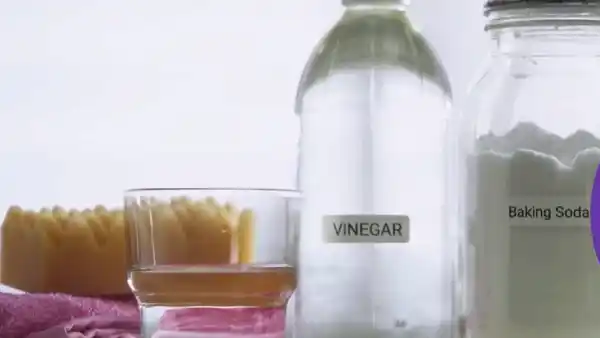
Phosphoric acid masonry cleaner is a good way to remove tough Harpic stains from toilet seats without damaging them. This is because phosphoric acid has low acidity levels compared to other acidic solutions like muriatic acid or white vinegar.
To use phosphoric acid masonry cleaner for removing Harpic stains from a toilet seat, dilute two ounces of phosphoric acid masonry cleaner in two quarts of warm water and mix thoroughly until fully dissolved into solution form.
Then apply with a sponge before applying directly onto the stained area, allowing it to sit for about 15 minutes before scrubbing gently with a brush. After removing all traces of stain from the area, rinse any remaining residue with hot water before drying thoroughly.
Do I Need to Scrub Hard Harpic-Stained Toilet Seat Areas First?
You should not scrub hard on Harpic-stained toilet seat areas as this can cause scratches on the surface of the seat. Using a mild detergent with warm water and a soft cloth is best.
Gently rub the area in circular motions, which will help lift off any dirt and debris before reapplying Harpic. You may use an old toothbrush to help you get into tight corners or grooves.
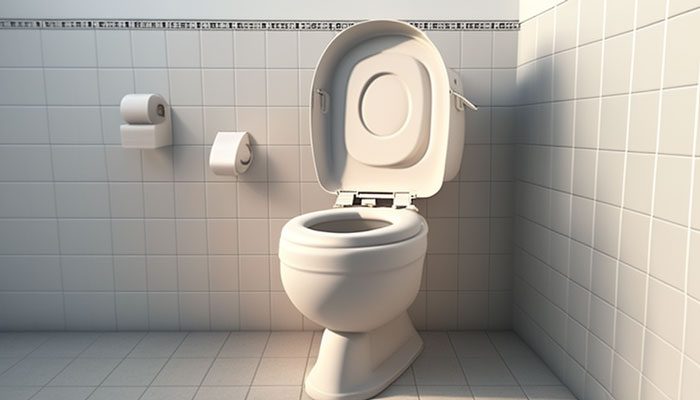
Can Harpic Stains Damage the Material of Toilet Seats?
Harpic stains are unlikely to damage the toilet seat material, but if left over a long period, they can become more stubborn and harder to remove.
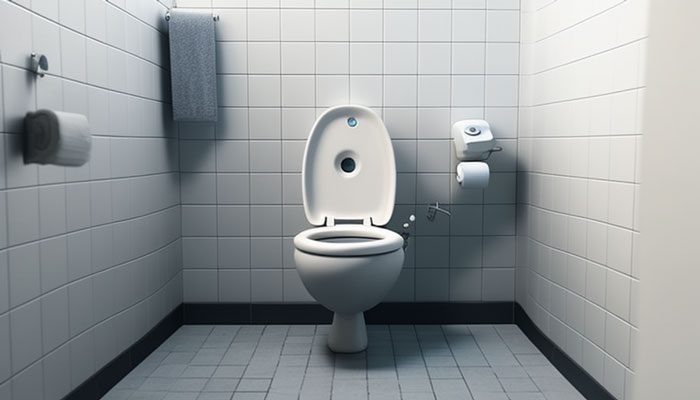
To avoid this, cleaning up any spills or messes as soon as possible is essential with a wet cloth or paper towel to wipe away the dirt and residue left behind. With regular cleaning and maintenance, your toilet seat should maintain its original condition for years to come.
Safety Precautions When Cleaning Harpic Stains From Toilet Seats

- Always wear gloves when wiping Harpic stains from toilet seats to protect your hands from any harsh chemicals in the product.
- Ensure the area you are cleaning is well-ventilated, open windows, and use a fan if necessary. This will help keep any fumes at bay while using the product.
- Read and follow all safety precautions on the Harpic bathroom cleaner packaging before cleaning the stained area.
- Wear protective eyewear such as goggles when cleaning Harpic stains, as there may be a risk of splashing or getting cleaning products in your eyes when using this type of cleaner on toilet seats.
- Don’t mix different cleaning products, as this can produce toxic fumes that can cause serious harm to you and anyone else in the room during the cleaning process.
- Make sure you keep any pets or children away from the area you are cleaning for their safety and yours. Some cleansers contain ingredients that can harm humans and animals if ingested or exposed to the skin for an extended period.
- Test a small part of the stained surface first with a small amount of Harpic stain cleaner, ensuring it doesn’t have any adverse reactions with other products already present on the surface.
What Can You Do to Keep Harpic Stains Off Your Toilet Seats?

- Regularly Clean Your Toilet Seat: One of the best ways to prevent Harpic stains from reappearing is to clean your toilet seat regularly after cleaning the toilet with Harpic.
- Use a Protective Coating: You can seal the toilet seat with a protective coating like wax-based leather conditioner or silicone sealant. This will help protect the surface from moisture, dirt, and even soap residue, which can accumulate over time and cause discoloration.
- Rinse Well After Cleaning: Once you’ve finished cleaning your toilet bowl with Harpic, rinse the seat thoroughly with water afterward to eliminate any leftover residue.
- Wipe Away Spills Immediately: Whenever Harpic spills onto your toilet seat, ensure you wipe them away immediately to avoid any potential staining problems.
Preserving Toilet Seat Hygiene: Solutions for Eradicating Stubborn Harpic Stains
To sum it up, properly removing Harpic stains from your toilet seat is essential to maintain a hygienic restroom environment. There are various methods available for tackling these stubborn marks but always keep safety in mind when dealing with harsh chemicals or cleaning solutions.
Removing them most effectively includes rubbing alcohol, non-bleach spray solution, vinegar, and phosphoric acid masonry cleaner. You should always wear gloves and ensure any cleaning solution you use won’t damage your toilet seat material or color by testing a small area first.
With the proper knowledge and approach on hand, cleaning your toilet seat of Harpic stains should become a much easier task.

